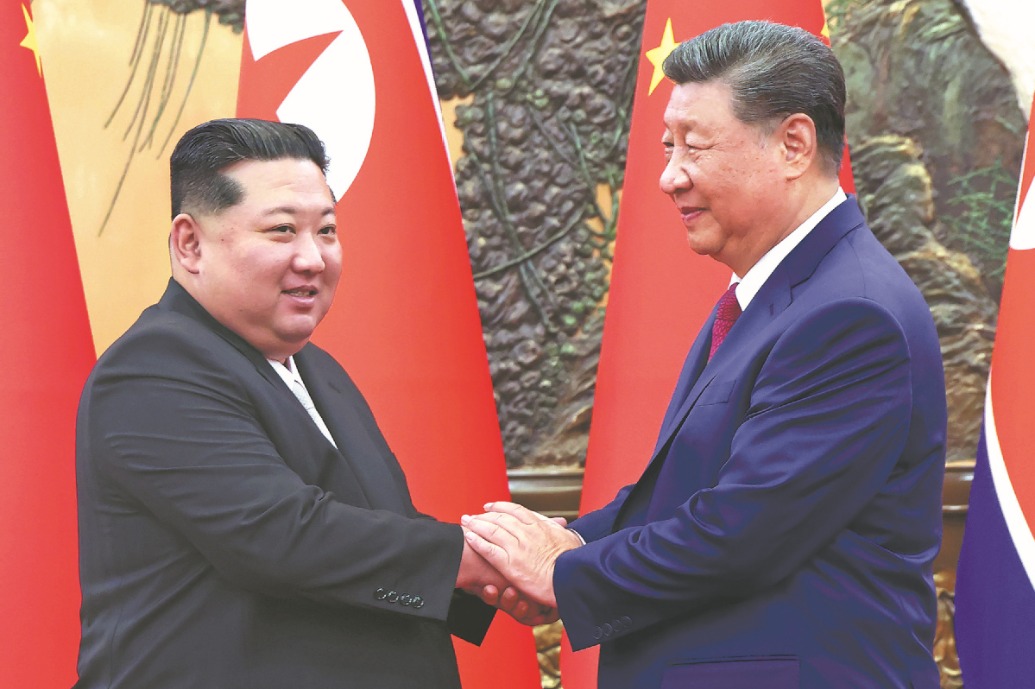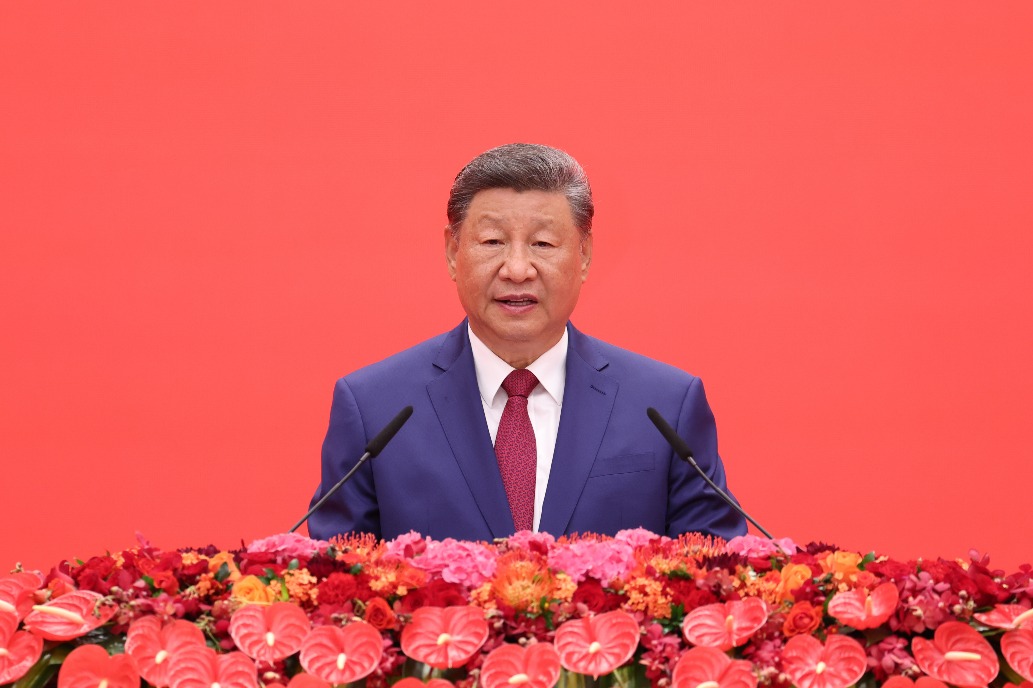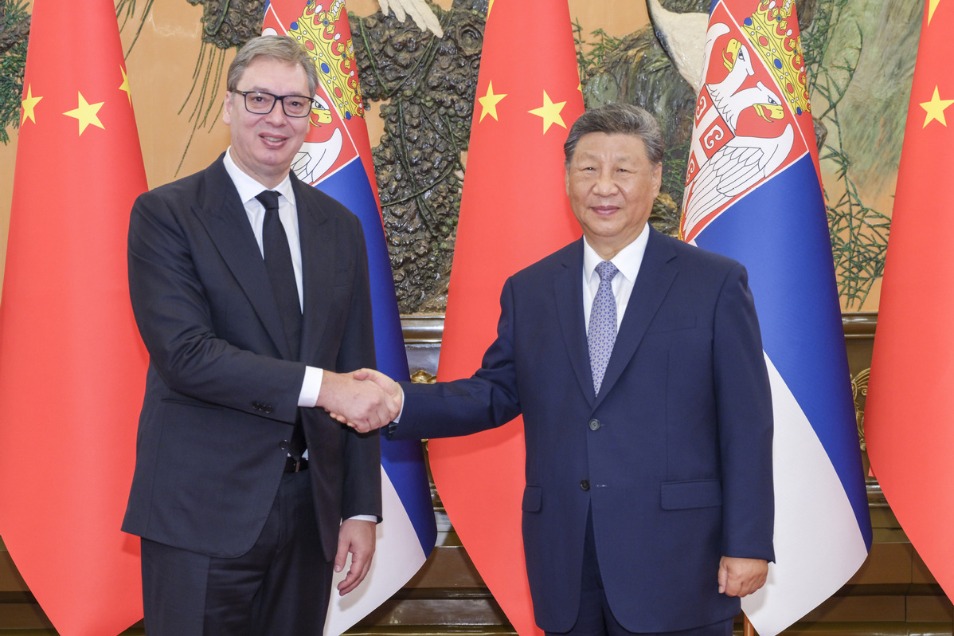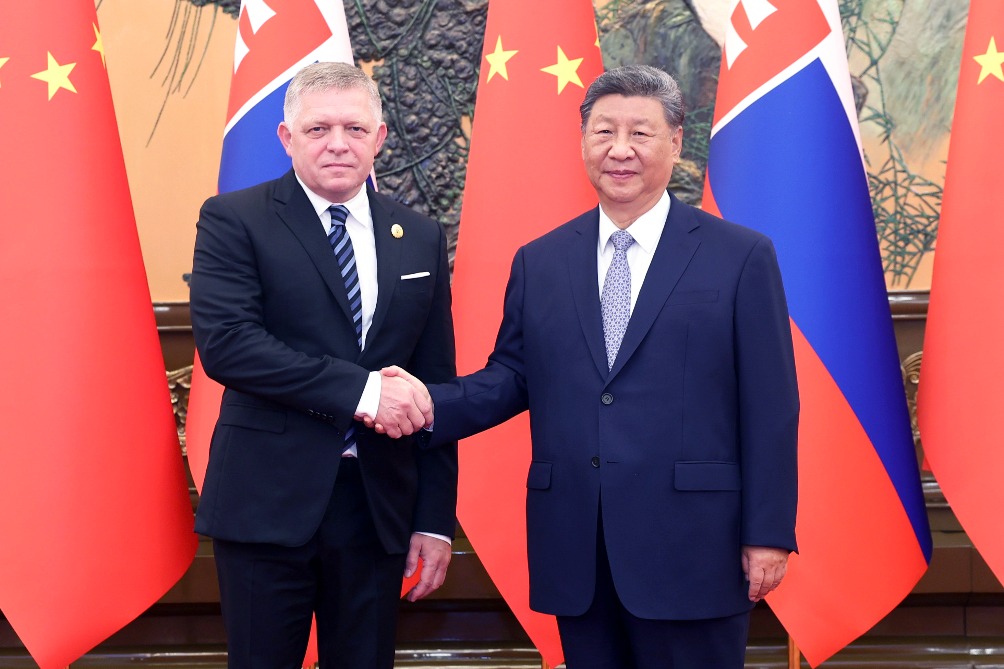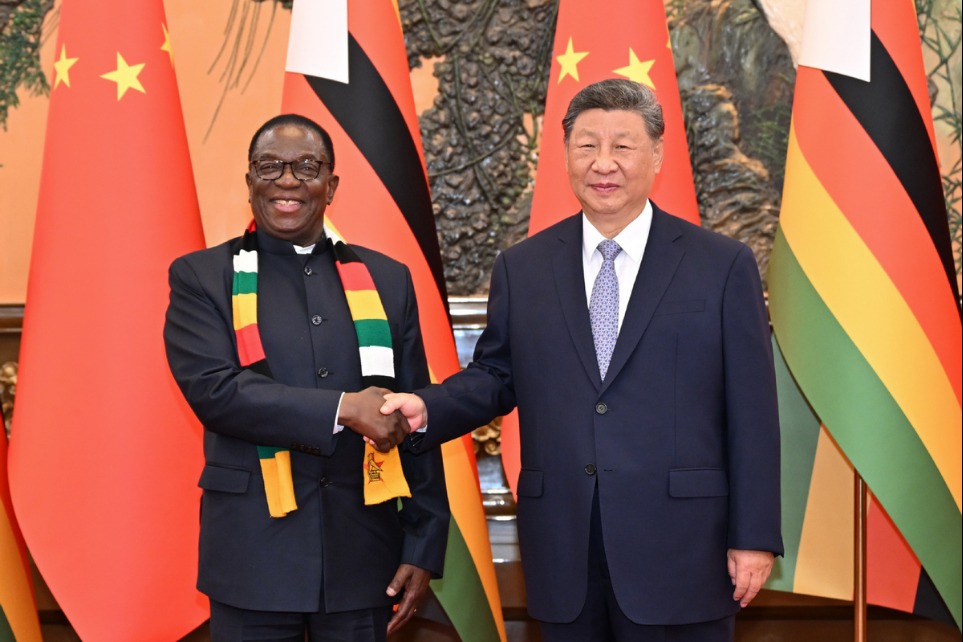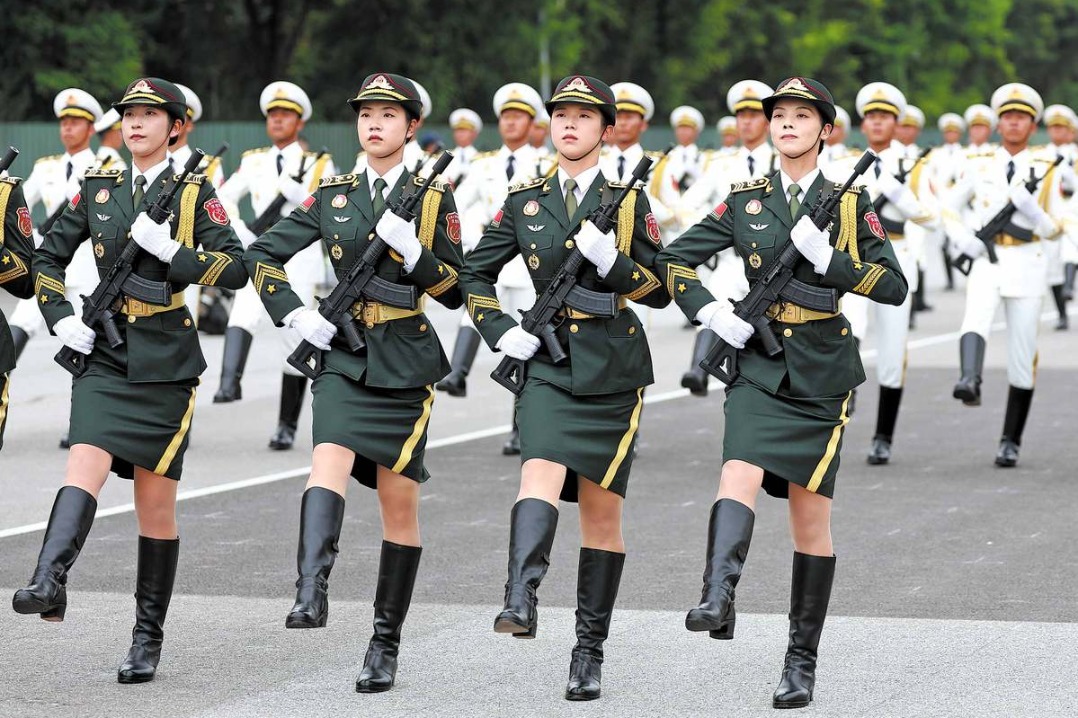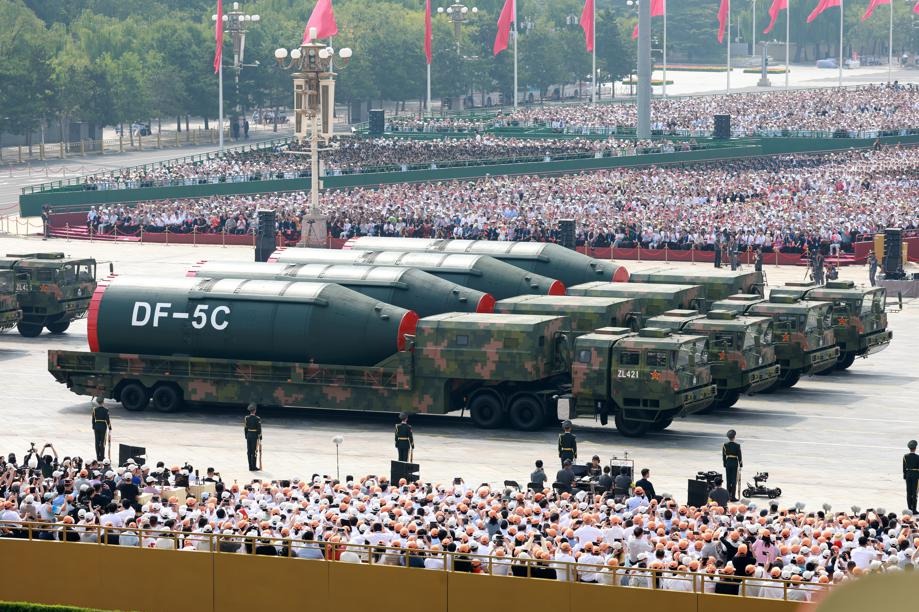Home truths


Editor's note: The world has undergone many changes and shocks in recent years. Enhanced dialogue between scholars from China and overseas is needed to build mutual understanding on many problems the world faces. For this purpose, the China Watch Institute of China Daily and the National Institute for Global Strategy, Chinese Academy of Social Sciences, jointly present this special column: The Global Strategic Dialogue, in which experts from China and abroad will offer insightful views, analysis and fresh perspectives on long-term strategic issues of global importance.
The Shanghai Cooperation Organization Summit was successfully held in Tianjin on Aug 31 and Sept 1, with a number of Southeast Asian countries in attendance. Representatives of these countries also attended commemorative activities in Beijing, marking the 80th anniversary of victory in the Chinese People's War of Resistance Against Japanese Aggression (1931-45) and the World Anti-Fascist War. Their participation highlighted a shared commitment with China to promote a correct historical view of the war, uphold the postwar international order in a constructive way, and contribute to the improvement of the global governance system.
Over the past eight decades, the evolution of the postwar international order has significantly shaped Southeast Asia. The region endured fragmentation and instability under the bipolar framework of the Cold War, until the 1967 establishment of the Association of Southeast Asian Nations marked a turn toward strategic autonomy and a commitment to balancing major powers. In the post-Cold War era, Southeast Asia embraced economic globalization, engaged in major-country balancing and fostered a favorable regional environment. ASEAN has consistently reinforced its "centrality" in the region, pursuing a successful path featuring economic growth and regional cooperation.
Today, the transformation of the global order is profoundly influencing Southeast Asia. The region now confronts a strategic choice between two paths: one toward openness and integration, the other toward division and confrontation. China has consistently championed a new vision of "common, comprehensive, cooperative, and sustainable" security, upheld the values of "peace, cooperation, openness, and inclusiveness", and advanced initiatives such as the Belt and Road Initiative and the building of an Asian community with a shared future. These efforts embody a commitment to the path toward openness. In contrast, the shifts in the regional strategy of the United States have centered on major-country rivalry, marked by a sustained pivot to the "Indo-Pacific", efforts to build strategic containment around China and pressure on regional states to align with Washington's approach. This strategy exemplifies the other path. Such a binary geopolitical dynamic not only places Southeast Asia — and Asia broadly — under pressure to choose sides, but also risks shifting the region's focus from economic growth toward military and traditional security concerns.
Since the end of the Cold War, China and ASEAN countries have established a dialogue partnership characterized by deepening strategic mutual trust and a growing consensus on regional peace and development. Today, most ASEAN members recognize Sino-US strategic competition as a pivotal force reshaping the regional order. This has triggered widespread strategic anxiety within the region, with countries fearing a transition from centers of global cooperation to arenas of major-country confrontation. Consequently, they refuse to take sides between China and the US. Aware of the critical importance of harmonious coexistence in Asia, ASEAN member states remain committed to prioritizing economic prosperity while opposing the advent of a "new Cold War" and global supply chain decoupling.
In fact, the discourse within ASEAN on how to navigate survival and development amid escalating major-country competition has long been underway. The "third path" concept emerged from recognizing — and endorsing — a world moving toward multipolarity. ASEAN positions itself as one distinct pole in the region, rejecting subordination to major powers or external dominance, while pursuing strategic autonomy through endogenous development, active participation in globalization and leveraging the collective momentum of the Global South. This approach commands respect and aligns in both values and operational paradigms with those of China's regional foreign policy.
China-ASEAN ties are strong and enduring. The two sides share historical memories of fighting against colonialism, imperialism and hegemony, and share common principles including the Five Principles of Peaceful Coexistence. As the bond of cooperation in the Global South, the two sides promote the joint practice of open and inclusive regional cooperation. The vast majority of ASEAN countries have reached common understandings with China on building a community with a shared future, and the awareness of "a shared home in Asia" is gaining traction across Southeast Asia.
As highlighted by the Central Conference on Work Related to Neighboring Countries held in April, China's vast territory and long borders make its neighborhood a vital foundation for national development and prosperity. Shortly after the conference, Chinese President Xi Jinping embarked on state visits to three ASEAN nations — Vietnam, Malaysia and Cambodia — signaling the central role of ASEAN in China's neighboring diplomacy. In May, the ASEAN-China-Gulf Cooperation Council Summit convened, heralding a new chapter of interregional collaboration and the growing influence of the Global South. In July, China hosted an informal trilateral dialogue with Cambodia and Thailand. Both nations reaffirmed their commitment to the ceasefire consensus and commended China's constructive efforts in helping ease tensions and promote stability.
China has long been a provider of economic public goods to Southeast Asia, dating back to the Asian financial crisis in 1997, when it refused to devalue the renminbi and initiated currency swap agreements with multiple ASEAN countries. Notably, China and ASEAN concluded negotiations for the upgraded China-ASEAN Free Trade Area 3.0 — a powerful testament to their shared belief in free trade, multilateralism and inclusive development in the Asia-Pacific.
Years of dedicated cooperation have forged a uniquely strong foundation between China and ASEAN. This partnership is now poised to help shape the international order and advance a shared future for humanity.
Looking ahead, China and ASEAN should further leverage the potential of China's vast domestic and Global South markets. Priorities include enhancing physical and institutional connectivity between China's southwestern region and ASEAN countries, strengthening supply chain integration, and accelerating collaboration in emerging areas such as the green and digital economies, and artificial intelligence.

The author is a professor at the National Institute of International Strategy at the Chinese Academy of Social Sciences. The author contributed this article to China Watch, a think tank powered by China Daily.
The views do not necessarily reflect those of China Daily.
Contact the editor at editor@chinawatch.cn.

















